This is the tenth in our biweekly series from Amy Pennington – urban farmer, founder of GoGo Green Garden, and author of Urban Pantry and Apartment Gardening – on how to start growing your own food, no matter how tiny your garden-to-be is.
Today: Whether your balcony is bathed in sun or swathed in shade, Amy has the ideal plants for you to grow -- tomatoes, lettuce, herbs, you name it.
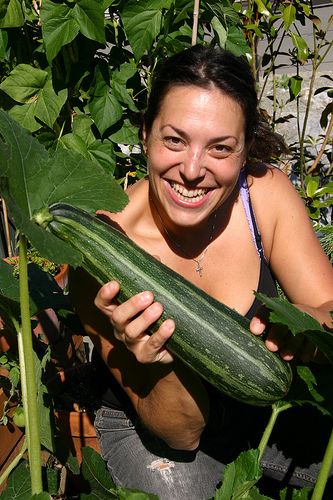
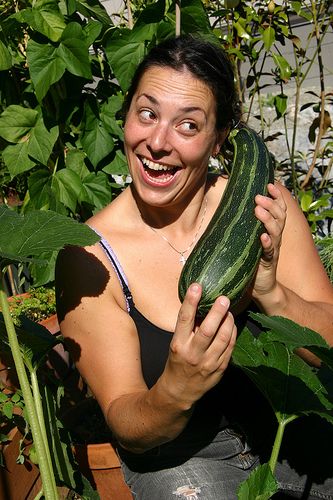
Photo credit Ritzy Ryciak
– Amy
Five Plants for Full-On, Sunshine-y Gardens
Here's a fruit fact: Most fruiting plants require 10 to 12 hours of direct sunlight for full-blown plant productivity and success. Sure, you could get away with less and still have a red tomato at summer's end, but in a perfect world, 10 to 12 hours is the goal. These plants require more sunlight than, say, leafy greens, as they not only rely on photosynthesis for strong stems and leaves, but also to both produce and mature their fruits to convert the carbohydrates in unripe fruit into sugars, which makes them sweeter.
If you have a patio or deck that is in full sun all day, you should be high-fiving yourself. But remember, instead of dealing with shade you will be dealing with the inevitable problem of watering. Inherent with growing plants in pots is their tendency to dry out more quickly, requiring a far more aggressive watering schedule. Here are some tasty choices: tomatoes, beans, peppers, zucchini, and potatoes -- all sun-loving plants that are delicious, produce a reasonable amount of food for your table, and can be grown in pots or garden beds:
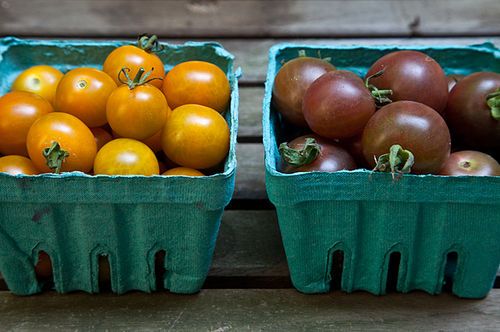
1. Tomatoes
• Cherry and paste tomatoes are where it’s at. Leave the craggy heirlooms and beefsteaks to the farmers (they take so long to grow and mature!) and stick with smaller fruits that ripen more quickly.
• Cherry tomatoes come in a variety of sizes – pear shaped, tear drops, or tiny little circular gems – and vary in acidity from dry to super sweet. Yellow, red, and orange are offered widely and you’d do well growing a mix of both colors and shapes. Why plant the same ‘ol things you can buy at the grocery or farmers markets?
• Paste tomatoes are typically oblong – think San Marzanos and Romas. They are excellent cooking tomatoes (unlike fresh tomatoes that produce too much liquid and don’t have enough flesh for juicy sauces).
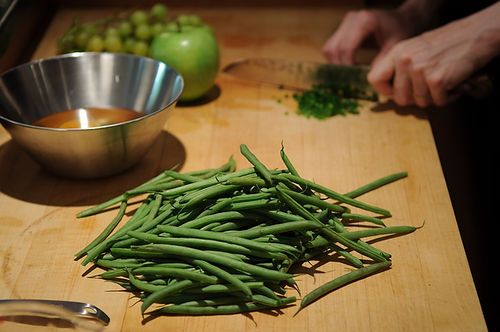
2. Beans
• Beans love the sun and are part of the plant group making up the Three Sisters: squash, corn and beans, all planted during the height of summer heat.
• All beans, whether bush or vine, tend to be productive as long as you’re actively harvesting from the plant. Green beans are pretty typical, but I urge any food-loving gardeners to try something new – grow a bush of haricots verts or yellow wax beans.
• Try Scarlet Runner Beans for a nice broad bean, and eat them fresh instead of drying them for storage as is traditional. Beans are reasonably acclimated to pots due to their smaller root structure, but be sure to use a deep one and give them room to really spread.
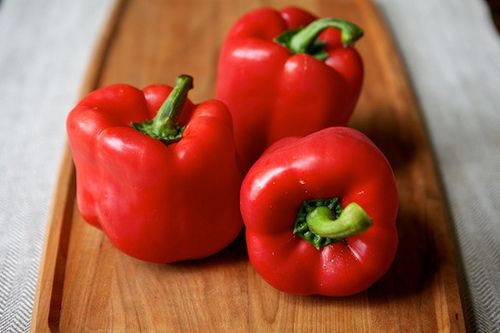
3. Peppers
• It is no coincidence that Mexican cultures rely on peppers for a main source of flavor and nutrition. It’s hot down there! Peppers love heat! If you have a rock wall facing south, peppers should definitely make the cut. Sweet and hot varieties as well as a rainbow of colors are offered.
• If you’re growing in pots, there is good news and bad news. Bad news is, only one pepper plant for every large pot! Stick with a smaller variety, as pots will often dwarf larger-sized peppers anyway.
• The good news is that peppers are actually perennial plants. If you harvest actively, prune after fruiting, and move the pot indoors to a sunny window over winter, odds are good that the plant will continue flowering and fruiting. This works exceptionally well with chili peppers.
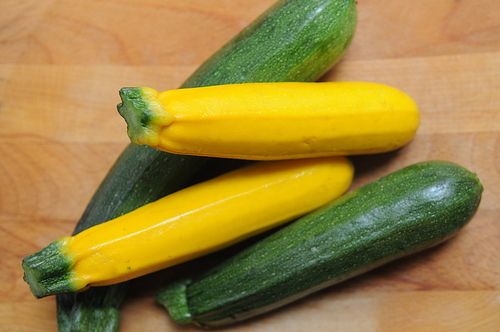
4. Zucchini
• Summer means a glut of zucchini, we all know this. One plant is enough for a couple, so plan accordingly and don’t overplant. I’ve seen many home gardeners let their zucchinis get the size of a watermelon, but don’t do this – the only outcome is super mealy flesh and seeds that are too large for eating.
• Instead, harvest when zukes are young and tender and eating them raw is a pleasure. For any gourmands, you can even harvest when the fruits are super small and still maintain the bright yellow flower.

5. Potatoes
• While potatoes grow underground, they do love the sun and heat of summer -- particularly sweet potatoes, which are often a challenge to grow in cooler northern climates.
• If you have a garden bed, great – dig a trench and get growing. For anyone using a balcony or deck, potatoes can be grown directly in the bag. (Let me know in the comments if you need instructions for this and we’ll post some!)
• The beauty of homegrown potatoes lies in the wide variety available to tenacious home gardeners. Order your seeds online each spring and really take advantage of shapes and sizes – long, thin, purple, pink, yellow, etc.
Five Plants for Not So Sunny Places
It's such a bummer when you inherit a shady garden or live on the north side of a high rise building -- but that doesn’t mean you have to give up entirely on growing some food! Leafy greens are your answer: smaller greens like lettuce and herbs need only 6 hours or so of direct sunlight to really prosper (in my garden I get more like 4 hours). Leafy greens are also reasonably quick-growing; lettuce that has been directly sown is often ready for harvest in as few as 35 days.
Leafy greens take up and use nitrogen for healthy plant growth. If your greens end up tinged red or turning yellow and watering is not an issue, you may have a nitrogen deficiency. Adding a tablespoon per plant is enough to notice positive changes over the course of a week. For container gardening, adding nitrogen before planting or when seedlings are young is recommended. Here are five plants -- chervil, lettuces, marjoram, thyme, and arugula -- that are a good choice for any shady garden or deck.
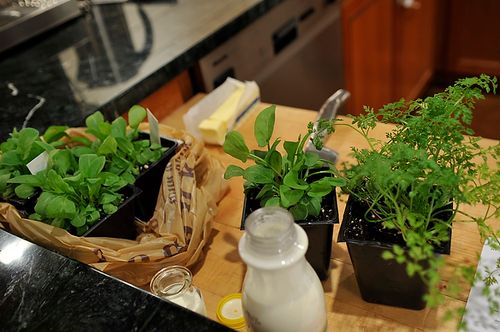
1. Chervil
• Chervil is the new dill. (You heard it here first!) A self-seeding annual, chervil is one of the very first plants to pop out of the soil and signal spring’s arrival. It’s a bit late to plant now, but chervil is a good one to keep in mind for a late summer garden that will grow through fall – awesome for any late-starters.
• A tender herb with a delicate stem and soft, feathery leaves, its flavor is a cross between parsley and tarragon, but more subtle.
• Chervil will set flowers and go to seed once spring turns warm, so it’s best to cut and use the herb regularly. In mild climates, a second crop of chervil will often re-seed and grow back in fall.

2. Lettuces
• Many lettuces, particularly loose leaf and Bibb varieties, will grow and mature in 45 to 55 days. These are wonderful immediate-gratification kind of plants, as they germinate and grow quickly and are easily harvested.
• Lettuces come in assorted sizes and colors, allowing for a nice salad bowl mix. Bibb, Oakleaf, Romaine, and Looseleaf are the predominate lettuce shapes and both seeds and starts are available at most nurseries.
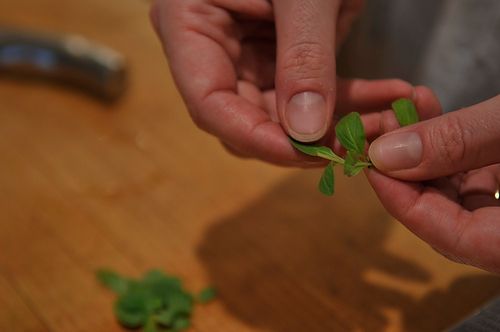
3. Marjoram
• Marjoram is a strong-flavored herb, very similar to oregano, but with a softer note. It is a great herb to grow, as it is often difficult to source at the grocery.
• It can be added raw to dishes, but will also withstand some heat from cooking. Try it in tomato sauces and gravies or as a small addition to salads.
• Marjoram is a perennial herb, though it can be tender, and you will often see it sold as an annual. It’s a great herb for drying.
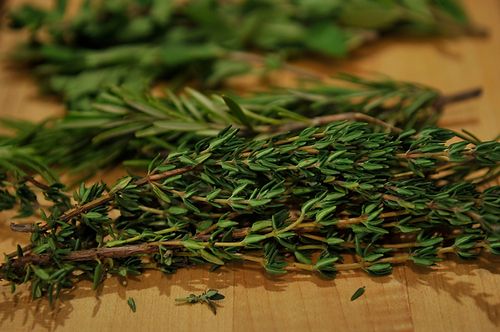
4. Thyme
• Thyme is easy to grow and will come back year after year. Be sure to select a culinary thyme (English thyme is a favorite), as there are many members in the thyme family and not all of them taste great. If you purchase a start, taste a leaf first to see if you like the flavor. This is really the BEST way to know if you’ll like something.
• Thyme is one of the most versatile herbs to cook with. It's indispensable in stocks or for roasting meats, but it can also be used in sweet desserts and pairs well with fruit such as plums and blueberries.
• Scented thymes are interesting additions to the garden. Lemon thyme has a distinctive citrus aroma and can be used in most recipes that call for English thyme.
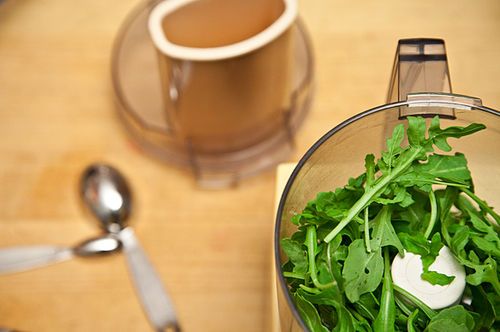
5. Arugula
• Arugula is essentially a looseleaf lettuce that we use for salads, and has a distinctive pepper-y spicy taste. Plant arugula in the early spring and early fall, as this is a cool season crop that does not do well in heat. (In fact, it will often bolt and send up flowers at the first sign of a warm spring day.)
• People often ask me why their arugula didn’t do well; more often than not, it’s because they waited too long to sow seeds and the weather is already too warm.
• Each seed produces one thin stem, which leaves grow out from. You can further your harvest by cutting them back often— leaves will regenerate once and maybe even twice before getting too spicy, woody, or bitter.
This should have you covered for your sunny and shady spots, and everything in between. Got more questions? Ask away in the comments!













See what other Food52 readers are saying.